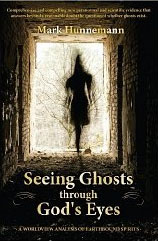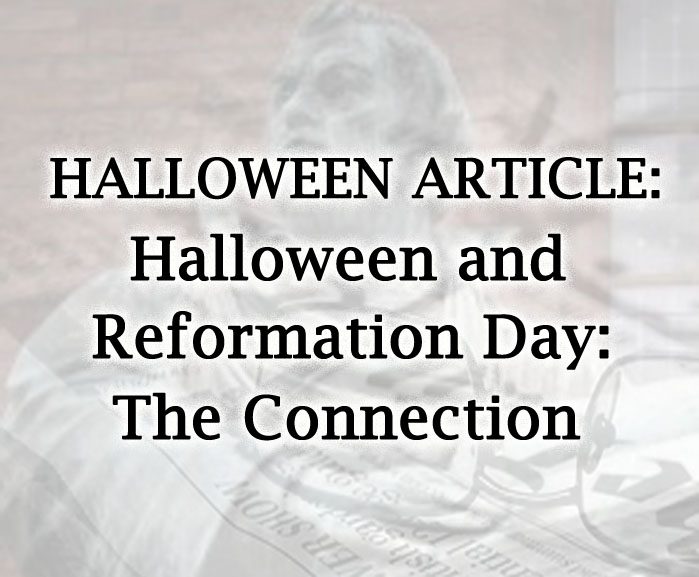Ghosts
This page offers a brief history, from a Christian perspective, of ghosts as a Halloween symbol and image.
NOTE: This information is drawn from a Rose Publishing pamphlet, Christian Origins of Halloween. The content has a copyright © 2012.

NOTE TO PARENTS: Since the Halloween season is full of images of ghosts, it affords the perfect opportunity to discuss the reality of the spiritual world which is so often neglected or ignored in a materialist (believing that only material, tangible things are “real”) culture like ours. Remember that we all have a ghost (or spirit), and when our bodies die, our spirit will live on. In a biblical worldview, human spirits do not remain on earth to haunt or wander — our spirit will either enter the presence of the Lord in heaven (if we have put our hope in Christ) or be cast into the hell.
The word ghost is generally understood to refer to a disembodied soul. In regard to its use in the Bible, many English translations use the phrase “giving up the ghost” to refer to death (Gen. 25:8; 35:29; 49:33; Matt. 27:50, etc., KJV). When believers die physically, the Bible teaches that our ghost (our soul) departs to dwell with Christ until he returns and clothes us with new glorious bodies to live on a new earth (See Phil. 1:21-24, 3:20-21; 2 Pet. 3:13).
The belief that souls don’t immediately enter heaven or hell has given credence to the idea that they remain to “haunt” or even work out their purgatorial punishments on earth. Many in the modern paranormal community insist that ghosts are trapped souls in need of help to cross over to the other side. This idea of a “trapped” or “earthbound” human soul is totally contrary to a biblical worldview.
The Bible does record instances of the dead making appearances, but they are unique exceptions, granted by God for specific reasons. 1 Samuel 28 records how the prophet Samuel appears to King Saul (who used a medium, or a “witch,” to “bring up” Samuel’s spirit from the dead). Samuel asks, “Why have you disturbed me by bringing me up?” (1 Sam. 28:15). Far from being a trapped or earthbound spirit, Samuel suggests that his eternal rest was interrupted. Furthermore, God uses Samuel for a clear purpose—to deliver a message of judgment on Saul.
The Bible implies that, without God’s intervention, the dead do not return to earth. When speaking of his dead infant son, King David says, “I will go to him, but he will not return to me” (2 Samuel 12:23). In Luke 16:19-31, Jesus tells a story of a rich man who dies and is suffering in hell. The rich man asks for someone among the dead to go warn his brothers about hell so that they can repent, but the request is denied: “If they do not listen to Moses and the Prophets, they will not be convinced even if someone rises from the dead” (Luke 16:31).
In Deuteronomy 18:11, God expressly forbids us to consult the dead. It opens the door to deceptive spirits. If “Satan himself masquerades as an angel of light” (2 Corinthians 11:14), why not expect his demons in any form — not only a shadowy or terrifying figure, but an innocent child or a departed loved one (as various “ghost” sightings report)? Satan’s ultimate goal is to deceive.
This page was created by:

We welcome your ideas! If you have suggestions on how to improve this page, please contact us.
You may freely use this content if you cite the source and/or link back to this page. This content is drawn from Christian Origins of Halloween by Angie Mosteller. It has a copyright © 2012 by Rose Publishing Inc.
 |
For further reading we recommend: Seeing Ghosts Through God’s Eyes (Paperback) Seeing Ghosts Through God’s Eyes (Kindle) |
||






